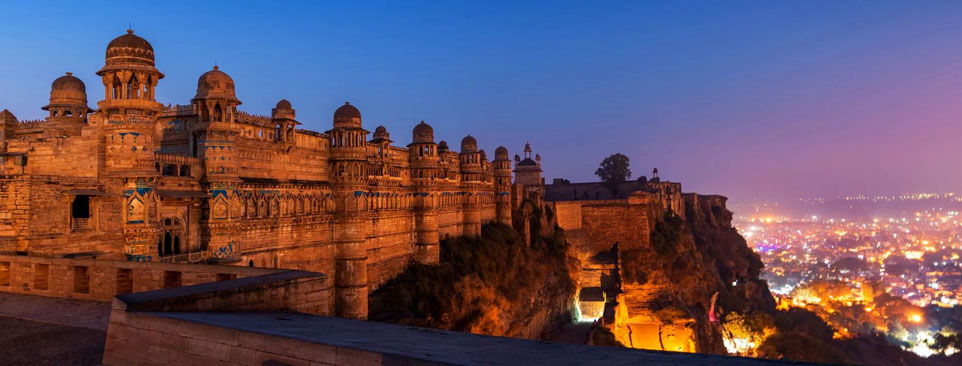Unearth the Best Kept Secrets about Nagpur
Popularly known as Orange City, Nagpur has a few more sobriquets addressed to uphold the fascinating factors about the city. There are of course a number of tourist attractions in the city of Oranges, and the Nagpuri Oranges are among the prominent souvenirs in itself. But other than the spots of tourists' interest, there are a few more factors you should be intrigued about to get a clear picture of the background of the city. Nagpur is the third largest city in Maharashtra and is also renowned as the ‘Tiger Capital’. Also, the city is well-known to be the winter capital of Maharashtra. With more such interesting information the urge to visit Nagpur escalates, which is meant to be.
Some of the popular attractions in Nagpur are Deekshabhoomi, Balaji Temple, Ambazari Lake, Japanese Rose Garden, Raman Science Centre, The Dragon Palace Temple, Vidarbha Cricket Association Stadium and Shri Poddareshwar Ram Mandir. The unique feature of this city is that it skillfully stitches the contrasting aspects, time and culture to offer something or the other to every visitor. Nagpur encloses rich Maratha heritage and is a crucial part of the Vidarbha region of Maharashtra.

Some surprising facts about Nagpur
1. Zero Mile Marker Stone - Zero Mile Stone, located in Nagpur at the geographical centre of India, serves as the reference point for measuring distances across the country. Originally erected by the British, this landmark with a pillar and four sandstone horses attracts visitors from all over the state, becoming a prominent attraction. In 2008, the Times Group took on the responsibility of maintaining this historic monument.
2. Tiger Capital of India - Nagpur, often dubbed the "Tiger Capital of India," boasts numerous tiger reserves like Tadoba-Andhari, Pench, Nagzira-Navegaon, Melghat, Bor, and Umred Karhandla. With Maharashtra ranking third in tiger population, Nagpur's expansive 37,251 sq. km forest area makes it a haven for wildlife enthusiasts. The city's connection to these reserves makes it a prime destination for both domestic and international tourists. Tourists opting for Nagzira Jungle Safari or experiencing wildlife in any of these sanctuaries, mostly include Nagpur sightseeing in their itinerary.
3. The Orange City - Renowned as the "Orange City," Nagpur stands as a major trade hub for oranges, exporting the fruit to various parts of India and the world. The city's orchards yield vast quantities of oranges, and Nagpur is celebrated for its unique Orange Barfi. Visitors are encouraged to relish the distinct and juicy flavor of Nagpur oranges, contributing to its reputation as the Orange City of India.
4. 3000 Years Old History - Despite being recognized for its historical significance, Nagpur's settlement history spans over 3000 years. Established by a Gond dynasty king in the 18th century, Nagpur has witnessed the rule of various dynasties such as the Badami Chalukyas, Yadavas, Tughlaq, Mughals, and Marathas. Today, Nagpur stands as one of India's fastest-developing centres.
5. Higher Literacy Rate than Mumbai - Surprisingly, Nagpur surpasses Mumbai and Pune in literacy rates, boasting over 92% literacy. This extends to both urban and rural areas, establishing Nagpur as an educational hub with rates higher than those in other major cities.
6. World’s Largest Hollow Buddhist Stupa - Home to the world's largest hollow Buddhist Stupa, Deekshabhoomi holds immense historical and spiritual significance. Inaugurated in 2001, it witnessed B. R. Ambedkar's conversion to Buddhism in 1956. The site attracts thousands of tourists and monks annually, offering a serene escape within its beautiful garden.
7. India’s First Textile Mill Set Up - Nagpur houses India's first textile mill, the Central India Spinning and Weaving Company (Empress Mill), inaugurated by industrialist Jamshed ji Tata in 1877. Despite not being a major town in the 19th century, Nagpur hosted this historic mill, producing fabrics under the 'Tata Textiles' brand until its closure in the 1980s.